Your vital organs—screened
Scan your body for potential cancer and 500+ conditions in up to 13 organs.




Our scan is designed to















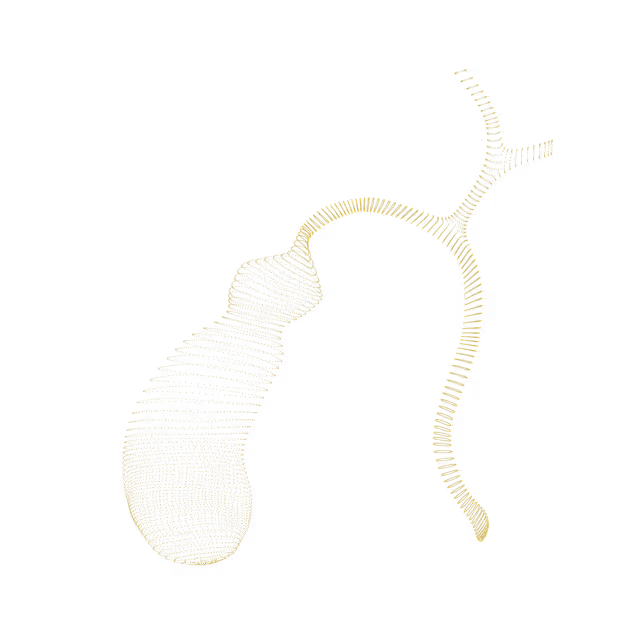
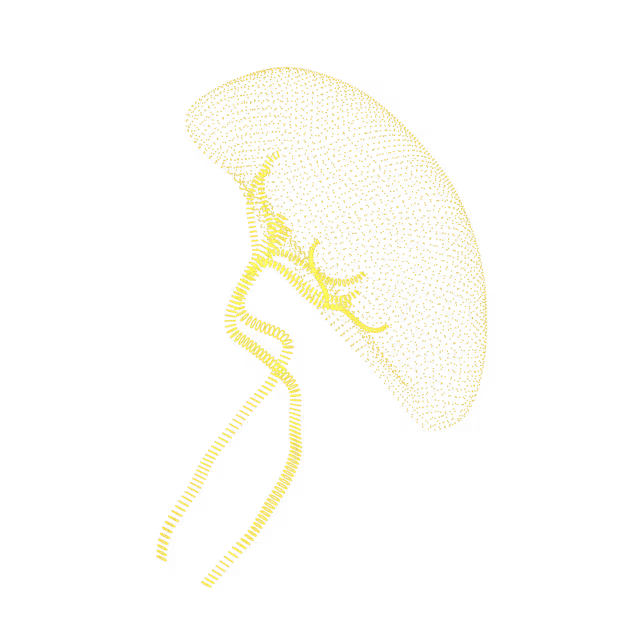

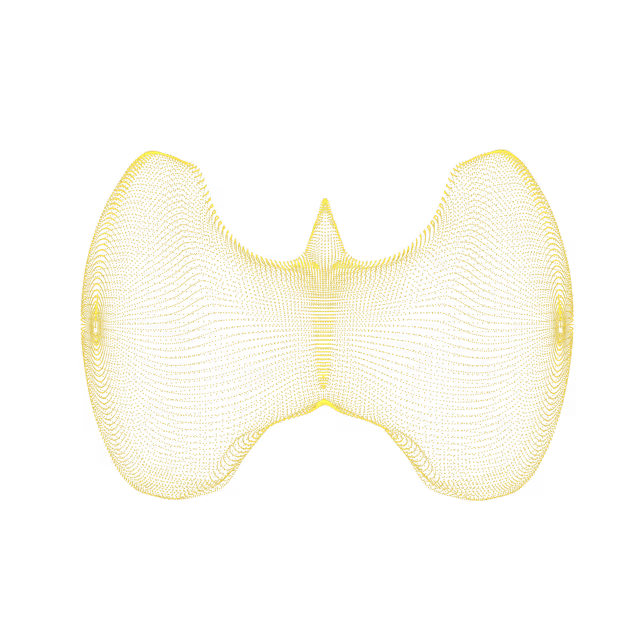

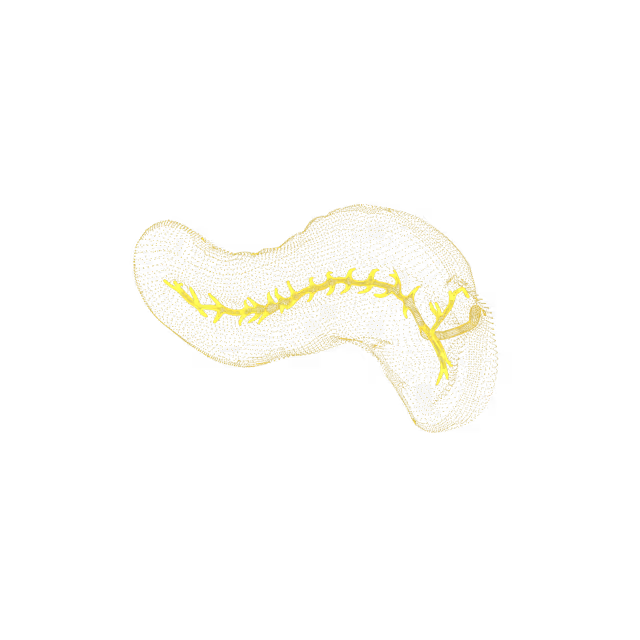
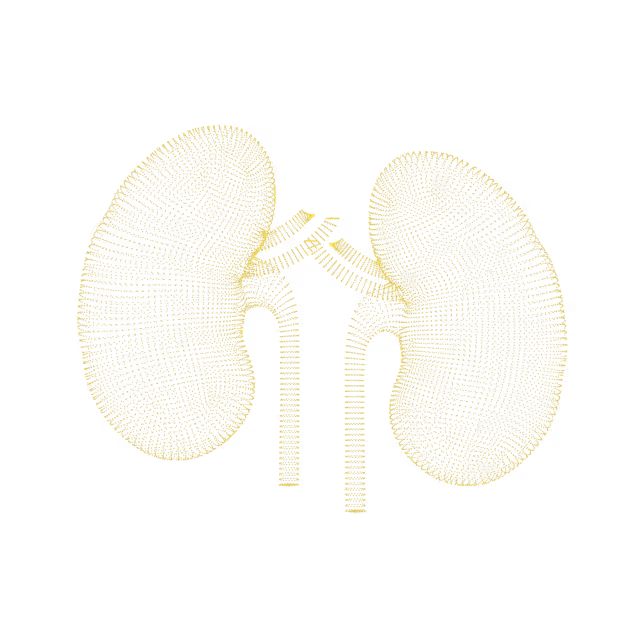
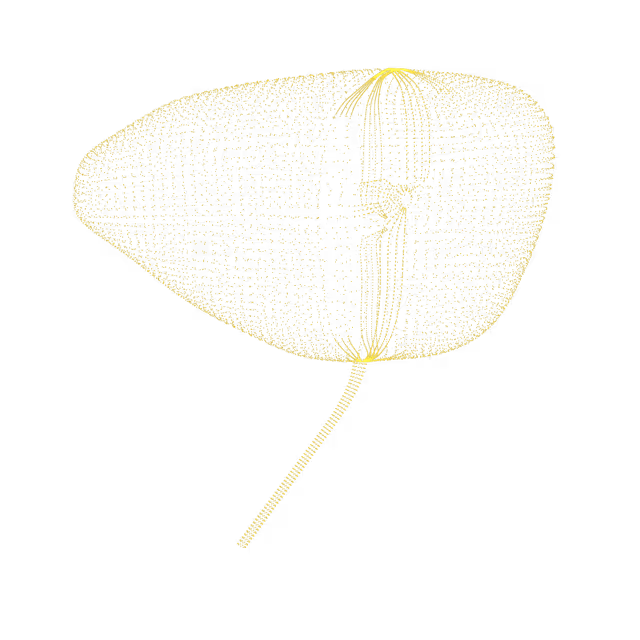
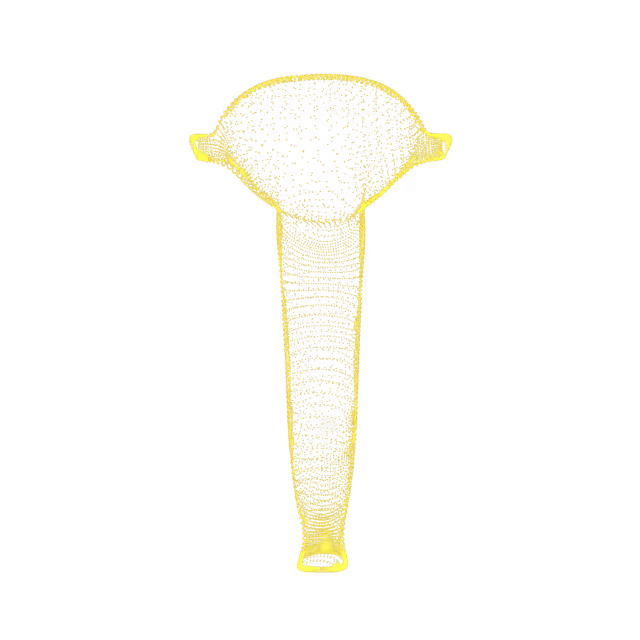
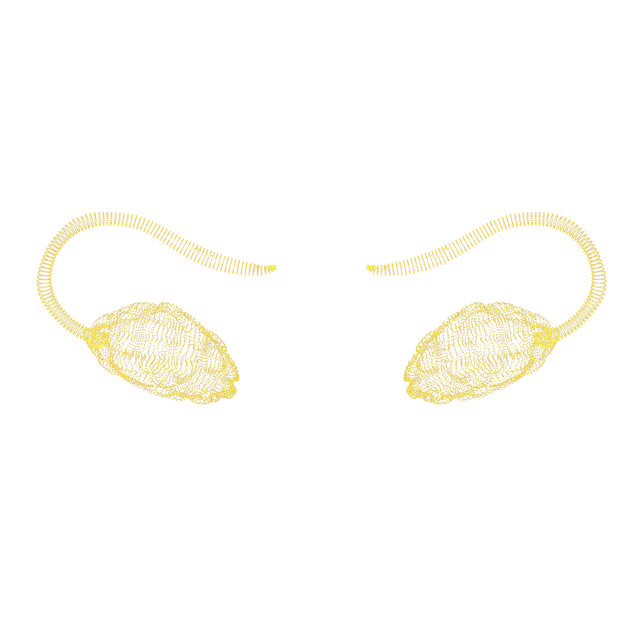
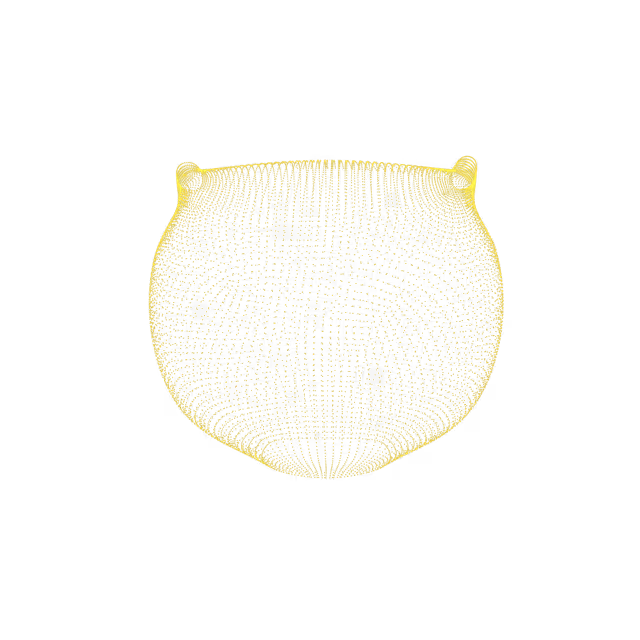

Bone marrow is heterogeneous on MRI images when it does not have the same appearance throughout. Bone marrow is the tissue inside bones that forms the various blood cell types.
Bone cysts are fluid-filled lesions with a fibrous lining. They are common, benign (non-cancerous), and mainly seen in childhood. These lesions are usually asymptomatic (do not cause symptoms) and found incidentally (on passing when looking for something else).
Images show evidence of a previous bone fracture that is healing/has healed.
A previous bone fracture that is now healed. No further follow-up or evaluation is needed for this finding.
The acromioclavicular joint (AC joint), is the point where the clavicle (collarbone), meets the acromion (the highest part of the scapula [shoulder bone]). The AC joint allows for raising the arm over the head as well as moving the arm across the body. AC joint osteoarthritis is a type of shoulder arthritis that involves degenerative (wear-and-tear) changes to the cartilage and other structures in the acromioclavicular joint. These degenerative changes can cause pain, stiffness, and weakness in the front of the shoulder.
A cervical rib is an extra rib that is present at birth and forms above the first (top-most) rib, growing from the base of the neck just above the collarbone. It may grow on one side or both (bilateral) and may reach down to attach to the first rib (a fully formed bony rib) or may not be fully formed (a thin strand of tissue fibers). These are usually asymptomatic (do not cause symptoms) but can occasionally be a cause of thoracic outlet syndrome (a group of disorders that occur when blood vessels or nerves are compressed in the space between the collarbone and the first rib). Symptoms of thoracic outlet syndrome include pain in the shoulders and neck, numbness, weakness, and coldness in the fingers.
Shoulder cysts (a sac-like pocket of membranous tissue that contains fluid, air, or other substances) are swellings that arise around the socket of the shoulder joint (glenoid). A cyst may become very large and can press on important nerves around the shoulder. Compression of these nerves can lead to pain and weakness of the muscles in that region. This is a benign (non-cancerous) finding, and is likely due to degenerative (age related) changes in the shoulder.
The iliac is the hip bone. A bone island, also known as an enostosis, is a common incidental finding of a small area of dense bone inside the spongy part of the bone. Enostoses are common, present in up to 14% of individuals.The cause of bone islands is not known. They are most likely congenital (present from birth) or developmental in nature and are thought to represent either hamartomatous lesions (non-cancerous tumorlike malformations made up of an abnormal mixture of cells and tissues found in areas of the body where growth occurs) or failure of osteoclastic activity (the body's process of breaking down bone in order to build it up again) during bone remodeling. Bone islands are usually considered benign (non-cancerous), stable, nonprogressive lesions, with a preference for the long bones and the pelvis. They typically present without symptoms, do not cause pain and usually do not grow larger.
Ribs found fused together (also called rib synostosis) can either be congenital (from birth) or from past trauma. This is usually asymptomatic (does not cause symptoms), but can cause symptoms including a physical bump in the affected area, pain/numbness in the limb on the same side as the fusion, and difficulty taking a full breath.
The synovium is a thin membrane that lines the inner surfaces of joints and produces synovial fluid, which lubricates and protects joints from wear and tear. This fluid can sometimes build up and form a synovial cyst. Synovial cysts are benign (non-cancerous). Although their cause is not fully understood, they are often associated with osteoarthritis. Ganglion cysts are non-cancerous, fluid-filled lumps that can develop around joints and tendons in any part of the body, particularly the hand and wrist. Unlike synovial cysts, ganglion cysts do not have a synovial cell lining. Symptoms, if any, depend on the size and location of the synovial or ganglion cyst, and can include pain, numbness, tingling, weakness or trouble with joint movement.


© 2025 Ezra